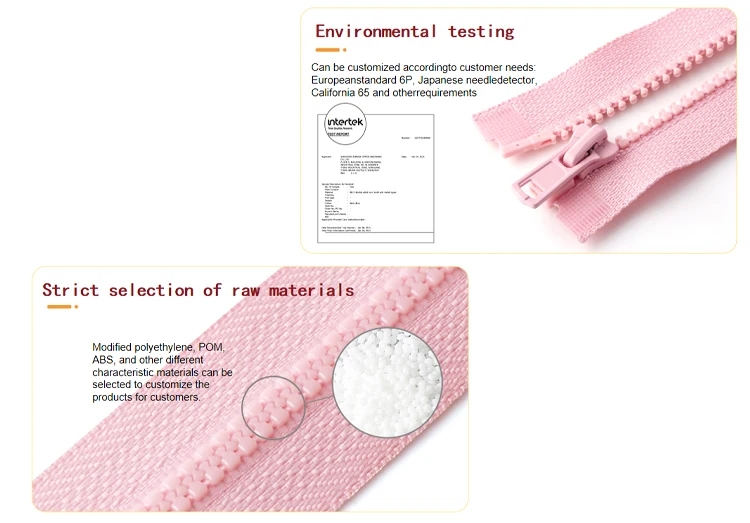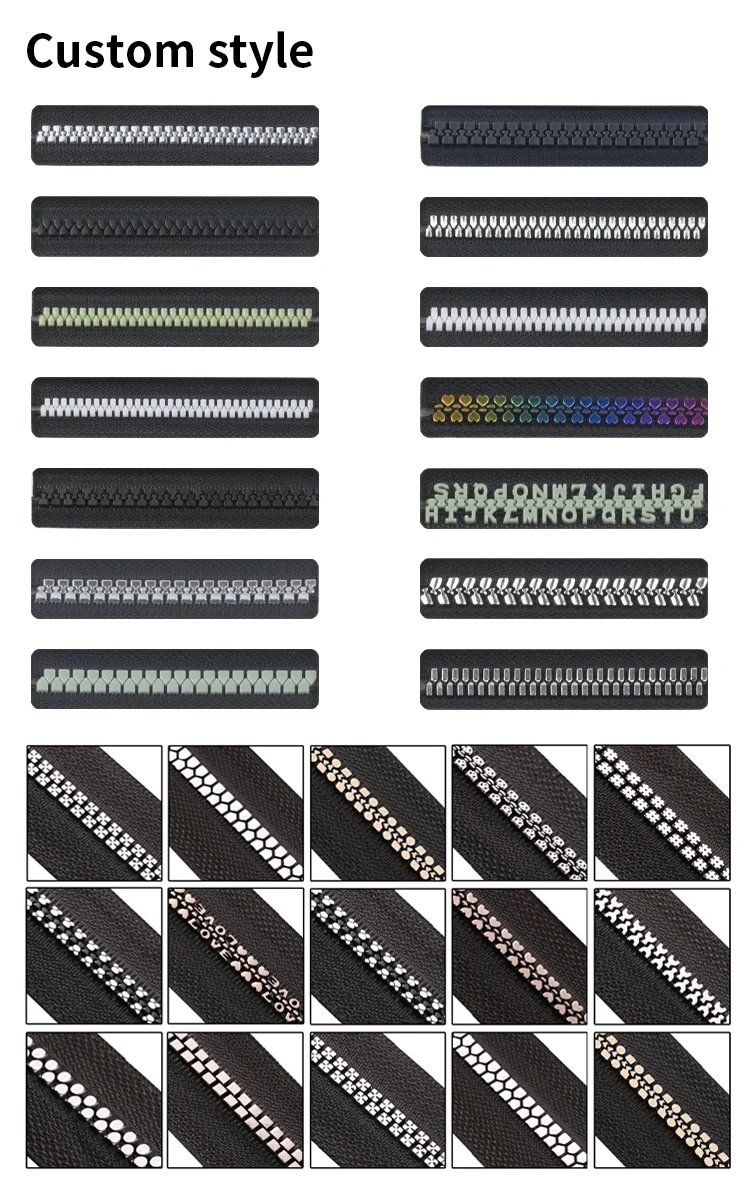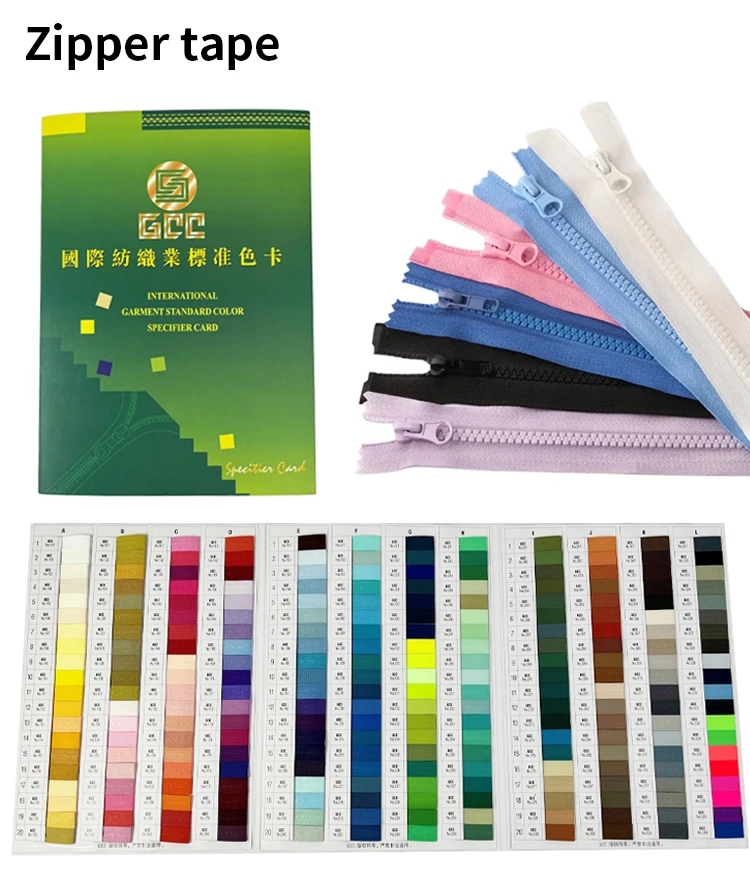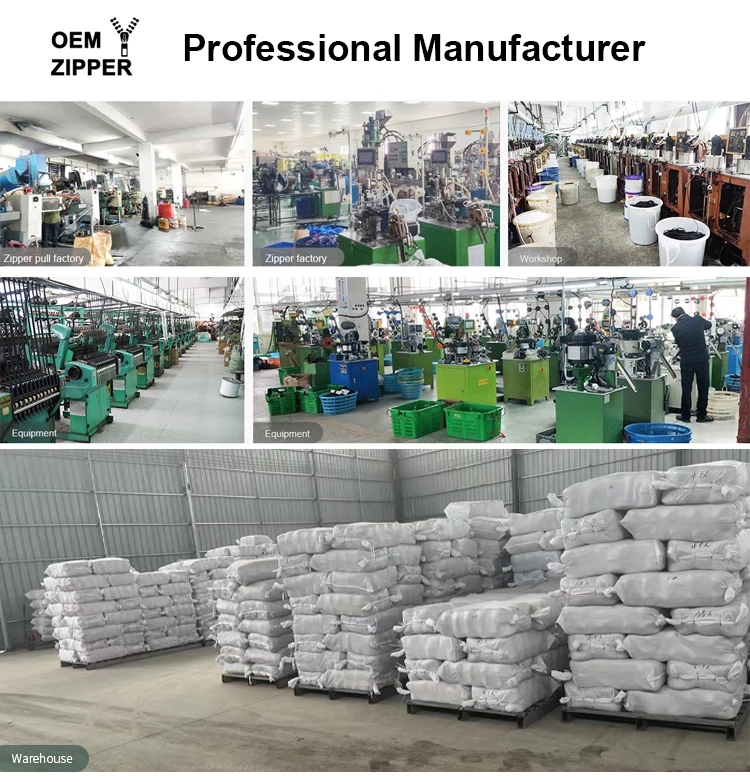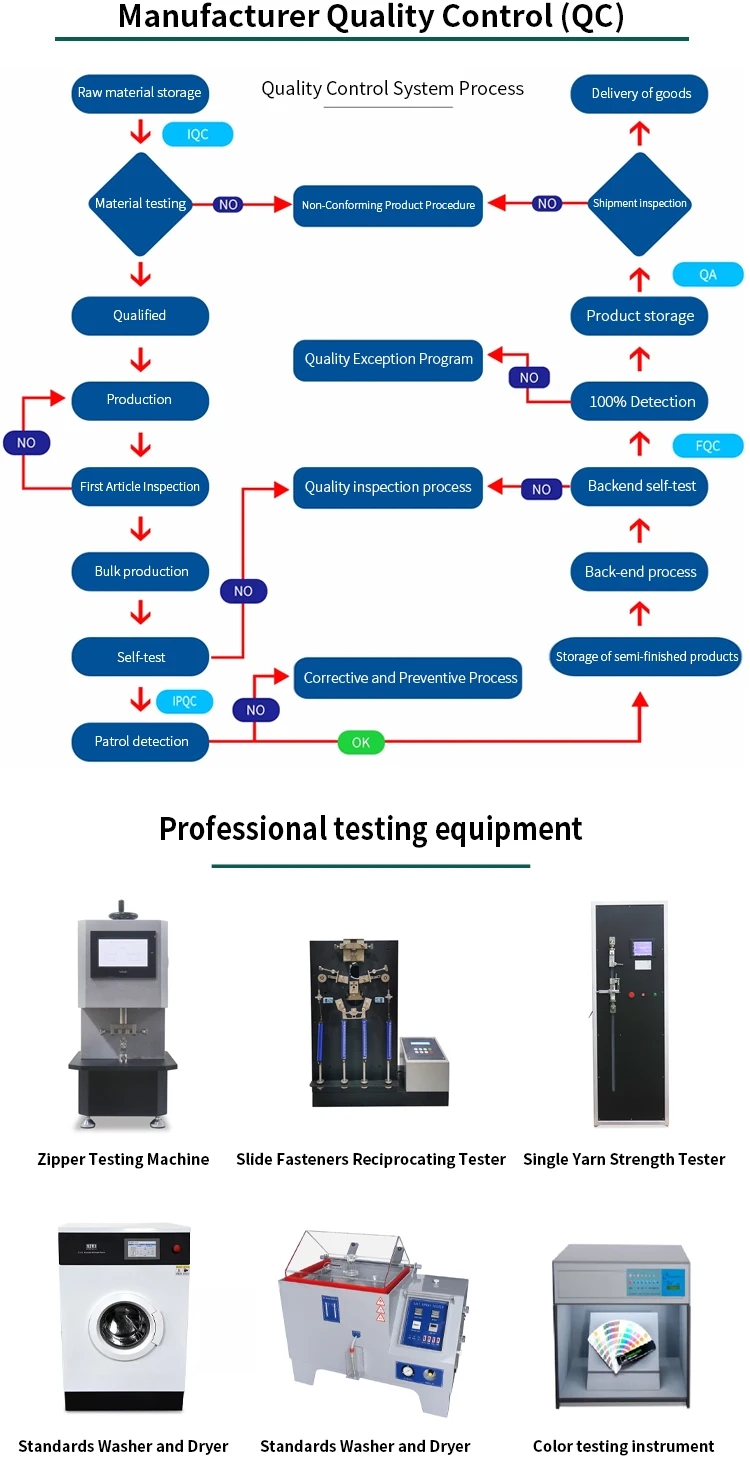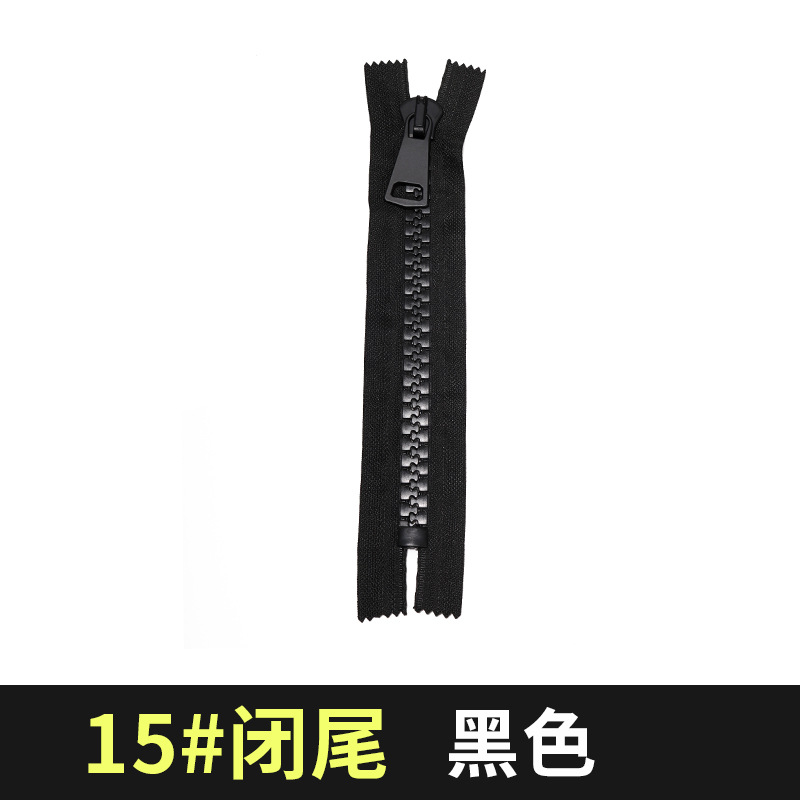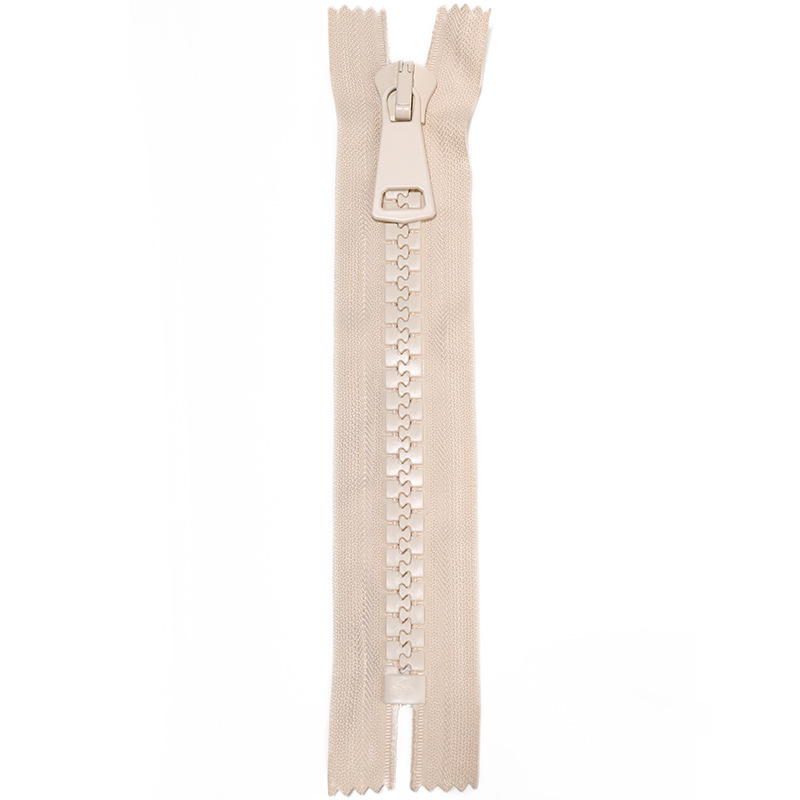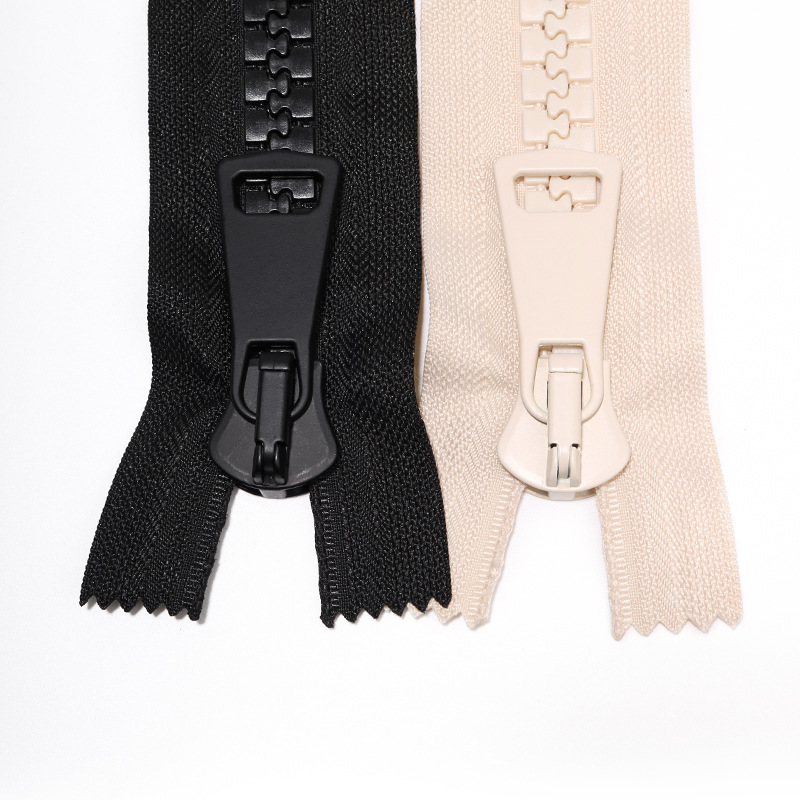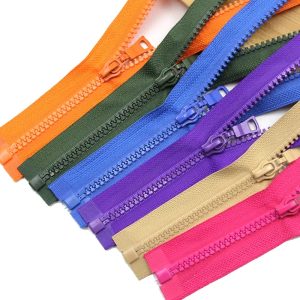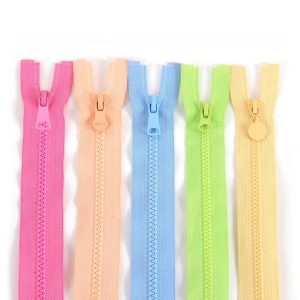The packaging methods for plastic zippers can vary based on manufacturers and market preferences. Here are some common packaging methods:
- Plastic Bag Packaging: Plastic zippers are placed in transparent bags or bags imprinted with brand information for easy storage and display.
- Roll Packaging: Plastic zippers are rolled and placed in boxes or spools, maintaining their neatness and facilitating storage and transportation.
- Box Packaging: Plastic zippers are packed inside boxes with branding, product details, and features printed on them, making them suitable for retail sales.
- Tray Packaging: Multiple plastic zippers are placed on trays and covered with packaging film or cardboard for bulk transportation and storage.
- Customized Packaging: Special packaging methods such as sets, gift boxes, or specially designed packaging bags can be tailored based on customer requirements.
These packaging methods are chosen and adjusted based on product characteristics, distribution channels, and customer needs. They ensure that plastic zippers remain in good condition during transportation, display, and sales, enhancing their appeal and value.
Plastic zippers are commonly made from various materials, including:
- Polyester: Among the most prevalent materials, polyester zippers are lightweight and durable, commonly used in clothing, bags, and everyday items.
- Nylon: Nylon zippers offer exceptional abrasion resistance and strength, suitable for applications requiring higher tension and pulling strength, such as luggage or outdoor gear.
- Plastic: This material can comprise PVC (Polyvinyl Chloride), Polypropylene, or other plastic types, known for their lightweight, flexibility, and durability.
- TPU (Thermoplastic Polyurethane): Zippers made from TPU material exhibit high elasticity and durability, ideal for applications requiring more bending and stretching.
These materials are used in creating the zipper teeth and tape. Each has unique characteristics and suitability for specific scenarios, allowing for tailored choices based on different product needs and applications.
